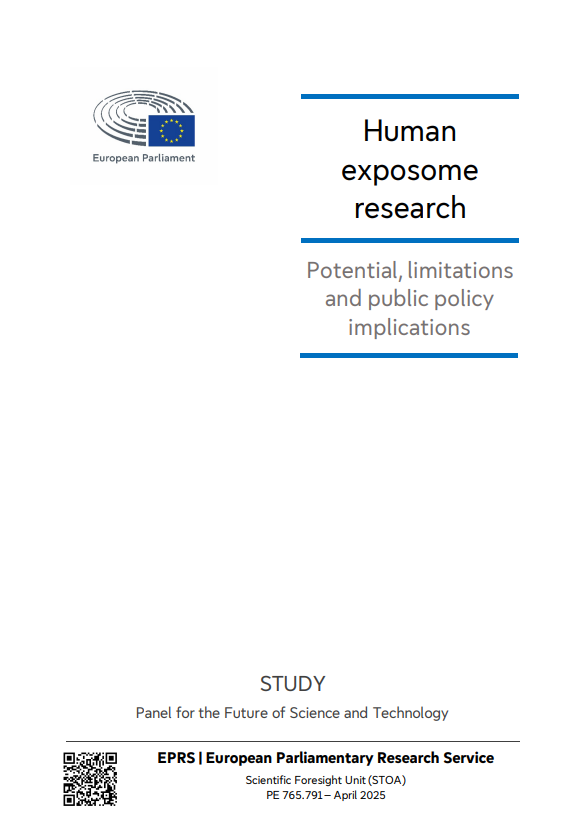
목차
1. Introduction 1
2. Exposomics Explained 6
2.1. A Short History of Exposomics and Core Concepts 9
2.2. The Role of Exposome Within Health Research 11
2.3. Current Exposome Research Landscape 12
2.3.1. Exposome Research in Europe: Building a Strong Scientific Foundation 12
2.3.2. Exposome Research in the United States: Advancing Precision Environmental Health 13
2.3.3. Global Perspectives: Expanding Exposome Research Beyond the EU and U.S 14
2.3.4. Exposomics: A Global Scientific Priority 14
3. Exposomics in Action 15
3.1. Cities 16
3.2. Chemicals and Their Mixtures 20
3.3. Climate .26
3.4. Child Health 28
3.5. Career 32
3.6. Clinical Practice 35
3.7. Citizens 39
4. The Future of Exposomics 41
4.1. Challenges and Opportunities 41
4.1.1. Improved Comprehensive Exposure Assessment 42
4.1.2. Advancing Measurement of Bodily Responses 44
4.1.3. Integration of Fragmented Health Research Silos 45
4.1.4. International Alignment of Exposome Research 46
4.1.5. Sustainable Exposome Data and Analytical Infrastructures 47
4.1.6. FAIR Exposome Data Resources 48
4.1.7. Exposome Training Programmes 49
4.1.8. Roadmap for Future Exposome Research 50
4.2. Towards a Human Exposome Initiative 51
5. Artificial Intelligence in Exposome Research 53
6. Ethics in Exposomics Research 55
7. Policy Options 57
7.1. Integrating Exposomics into Policies 57
7.2. A Call to Action 60
Bibliography 62
List of figures
Figure 1 – The exposome concept 2
Figure 2 – Global increase in early onset cancer 4
Figure 3 – Population attributable fraction (PAF) of the heritable contribution 6
Figure 4 – Proportion of burden of disease 7
Figure 5 – Exposomics in the scope of health research 11
Figure 6 – Exposomics domains 15
Figure 7 – Complex relationships between urban environments 18
Figure 8 – The unknown territory of chemicals 23
Figure 9 – Lung function trajectories 31
Figure 10 – Key research and programme needs 41
Figure 11 – Changes over time per country for air pollution 42
List of tables
Table 1 – Definitions of core terms in exposomics 1


